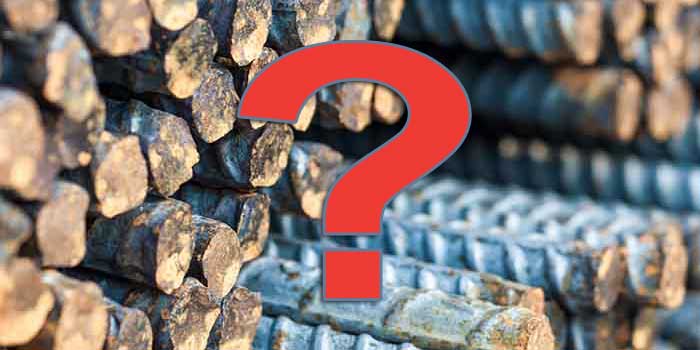What a wonderful modern world we live in. It wasn’t that long ago that when we thought of computers, if we ever did, we thought of them from the perspective of some old story or film. A disembodied, electronic voice coming from some box with a bunch of dials and blinking lights questioning our actions.
“Just what do you think you’re doing, Dave?” HAL 2001: A Space Odyssey
Over the past 20 years we are all not only getting used to computerization but, are becoming more dependent upon them for just about everything. Computers are everywhere and are modernizing everything.
One of the biggest innovations to emerge from the world of computers is 3D printing. They are 3D printing just about everything these days. Solid objects right down to complex machines with moving parts. Press a few buttons, enter a special 3D file and within a few hours you have created something out of a pile of plastic.
As it turns out the type of things that you can 3D print is governed by the size of the machine that does the printing. Make a bigger machine you can 3D print bigger things. They have even 3D printed cars, complete with all of the moving parts and fully operational right out of the printer.
Something new that recently came to the fore, a San Francisco based startup called Apis Cor built a 3D printed house in Russia in under 24 hours. That’s right you read that correctly, printed a house in under 24 hours.
Now 3D printing houses is nothing new as they have had these machines for a while now. The difference between the new machine and the old machines is that the old machines were stationary, too large and unwieldy to be practical. You simply would take them out of their warehouse to print a house onsite. At best, you would prefab the parts and then truck them to a site and assemble them there.
The new Apis Cor machine is transportable and is used onsite to print the house. Once the house was printed you would then use the same crane that offloaded the machine from the truck to lift it out of the house and load it back on the truck. All of this in under 24 hours.
After spending a little time researching the technology I have to say that I was suitably impressed. Not only was this a fast and inexpensive way to construct a new house but the house had a life span of about 175 years.
Given the life expectancy of the house I had to look into if they were actually reinforcing the concrete during the build. It turns out that there are two ways that can be applied to reinforcing the concrete.
According to Theo Salet of BAM Infra
“They have succeeded in developing a process to also print the steel reinforcement at the same time. When laying a strip of concrete the concrete printer adds a steel cable so that the slab is ‘prestressed’ so that no tensile stress can occur in the concrete.”
During the printing process, they use horizontal fiberglass reinforcements within the walls.
One can’t help but wonder just how long it will be before 3D printed homes will be available he in Canada. If things go the way they seem to, it will only be a matter of time before the process passes inspection by Underwriters Laboratories of Canada.


